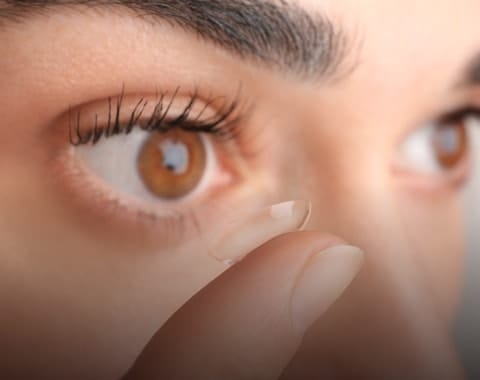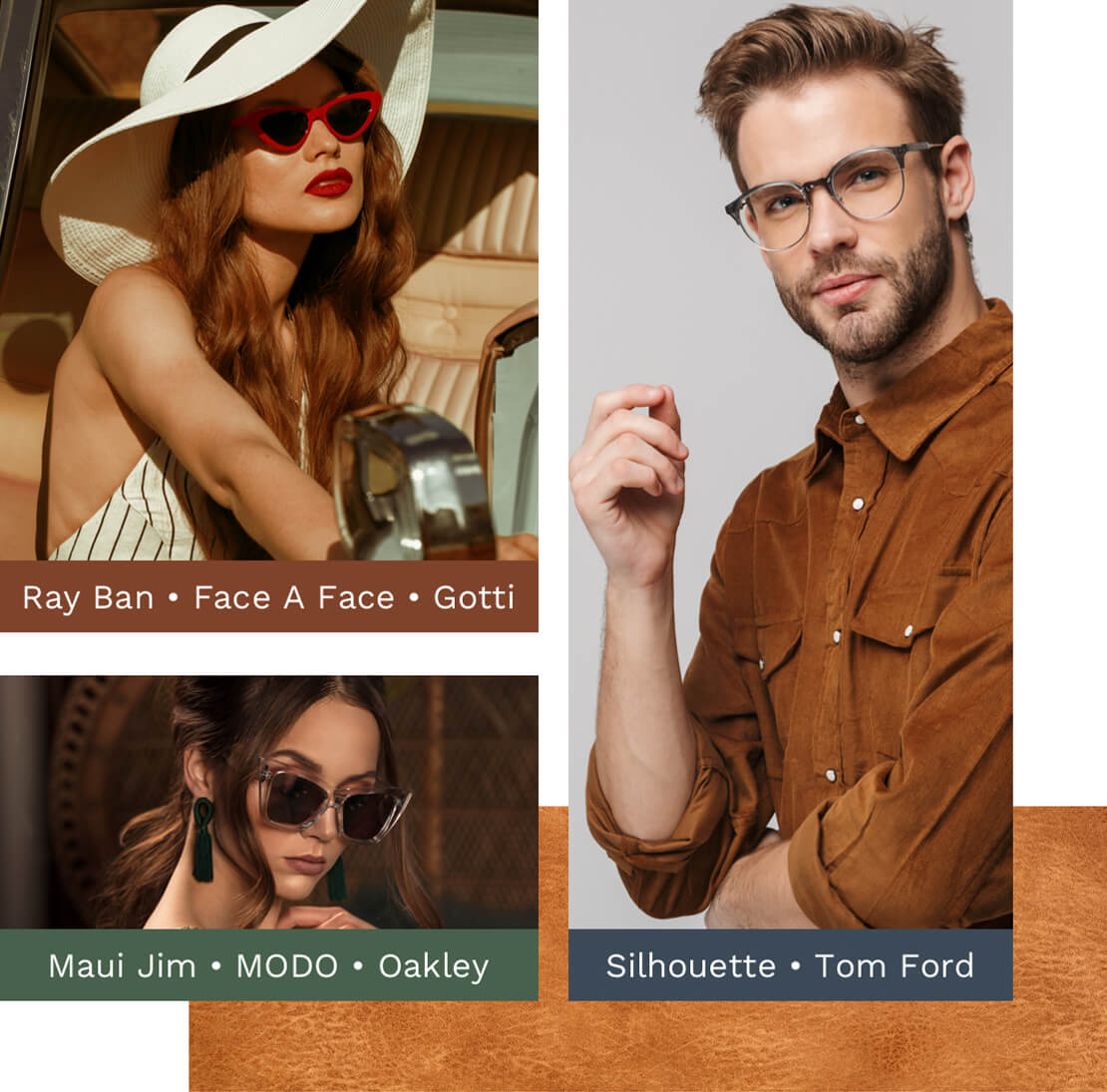Preserve Your Vision With Our Help
Eye disease not only permanently damages your sight; they can also develop for a long time without showing any symptoms. As such, it’s nearly impossible to detect eye disease on your own.
However, eye disease isn’t entirely invisible. Using a comprehensive eye exam, your optometrist can detect eye diseases of nearly all types and help you manage your symptoms. The first thing you need to do is book your appointment, and we can help with the rest!







